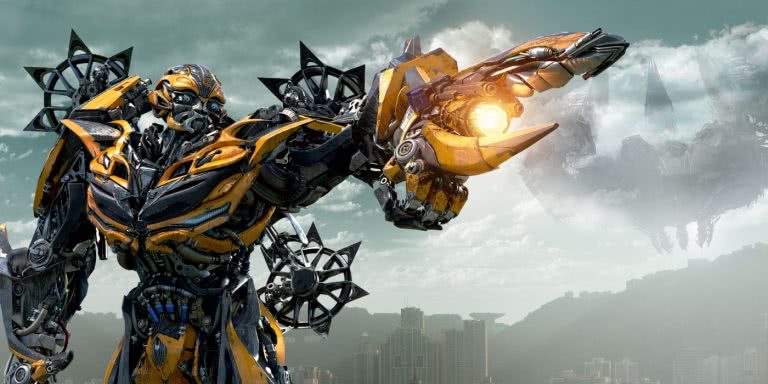The Transformers series is a fascinating conundrum – the films are regularly cited as prime examples of brain-dead, lowest-common-denominator Hollywood produce, and yet you’d have to be some kind of savant to mentally process the sheer volume of stuff that Michael Bay throws with staggering velocity at his viewers.
It’s been two days since I saw the latest instalment – subtitled Age Of Extinction – yet it already resonates as a distant dream of short shorts, brand names, sunlight reflected on buildings, more brand names, Mark Wahlberg’s furrowed brow, even more brand names, China, Stanley Tucci drinking from a juice box, and foremost, the endless spectacle of machine-on-machine warfare, that comes to resemble nothing so much as an undulating junkyard.
The series’ trademark combination of incomprehensibility and shamelessness is a potent one; the films play like gangbusters to children not yet able to understand narrative logic, while everyone older than 13 can marvel at the meta-spectacle of Bay being given a platform to live up to his reputation as the crassest of commercialists. It’s alarming to think that Age Of Extinction is the most subdued of the series’ three sequels: after a prehistoric prologue (because dinosaurs are cool), the first act takes place largely in sleepy rural Texas, with bereaved single dad Wahlberg and his Maxim pinup daughter struggling to keep an unearthed Autobot secret from Kelsey Grammer, who will stop at nothing to make sure the film’s third act takes place in China, because that’s where a large part of the market for the Transformers series is.
If “every film is a social documentary”, as per André Bazin, the Transformers series ranks among the most revealing documents of contemporary mainstream cinema. It’s hard to think of films that more proudly flaunt the market forces behind their very existence, and it’s harder still to imagine the series’ core audience getting sick of it.
2 stars


































